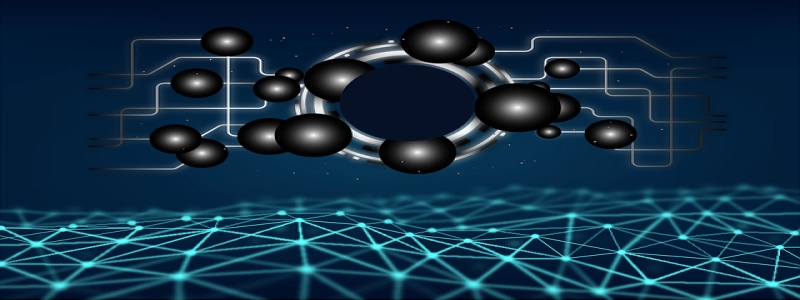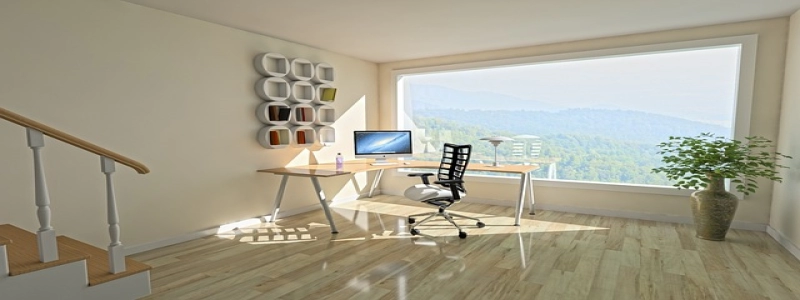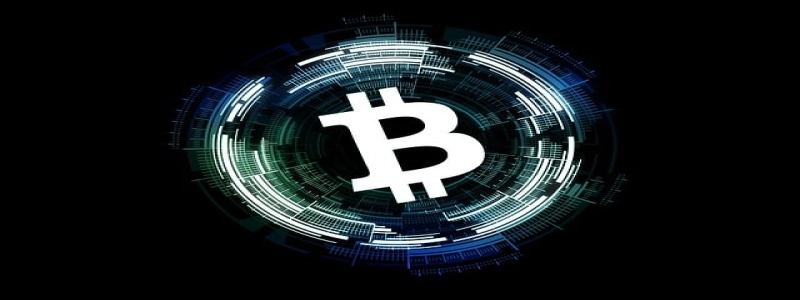Ethernet Cable Categories Explained
Introduktion:
Ethernet cables are essential for connecting devices in a network. They come in different categories, each with its own specifications and capabilities. I den här artikeln, we will explain the different Ethernet cable categories and their uses.
jag. Kategori 5 (Cat 5):
Kategori 5 cables, commonly referred to as Cat 5, were the standard for Ethernet networks in the past. They can support speeds up to 100 Mbps. Cat 5 cables consist of four pairs of twisted copper wires and are capable of reducing electromagnetic interference. dock, they are not suitable for high-speed connections.
II. Category 5e (Cat 5e):
Category 5e cables, also known as Cat 5e, are an enhanced version of Cat 5 cables. They have improved specifications and can support speeds up to 1 Gbps. Cat 5e cables use the same four pairs of twisted copper wires as Cat 5, but they have better insulation and reduced crosstalk. They are widely used for home networks and small businesses.
III. Kategori 6 (Cat 6):
Kategori 6 cables, or Cat 6, are designed for high-speed Gigabit Ethernet connections. They can support speeds up to 10 Gbps at distances of up to 55 meter. Cat 6 cables have stricter specifications for crosstalk and system noise, which reduces signal degradation. They are suitable for large businesses, data centers, and advanced home networking setups.
IV. Category 6a (Cat 6a):
Category 6a cables, also known as Cat 6a, are an augmented version of Cat 6 cables. They can support speeds up to 10 Gbps at distances of up to 100 meter. Cat 6a cables have even stricter specifications for crosstalk and system noise, ensuring better signal fidelity. They are commonly used for high-performance applications, such as large-scale data centers and enterprise networks.
V. Kategori 7 (Cat 7):
Kategori 7 cables, or Cat 7, are designed for future-proofing networks. They can support speeds up to 10 Gbps or even 40 Gbps, depending on the variant. Cat 7 cables have improved shielding to minimize crosstalk and electromagnetic interference. They are mainly used in professional settings where the highest data transfer speeds and reliability are required.
Slutsats:
Choosing the right Ethernet cable category is crucial for achieving optimal network performance. Cat 5e cables are suitable for most home networks and small businesses, while Cat 6 and Cat 6a are ideal for high-speed connections in large businesses and data centers. Cat 7 cables provide future-proofing capabilities for advanced applications. It is important to consider factors such as the required speed, distance, and overall network requirements when selecting an Ethernet cable category.








